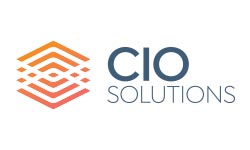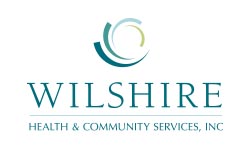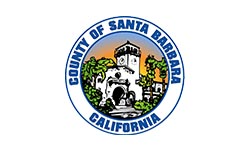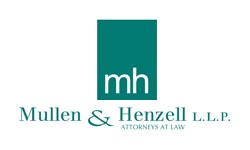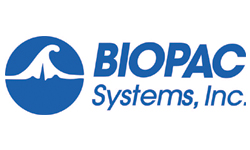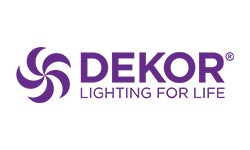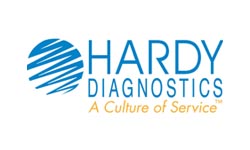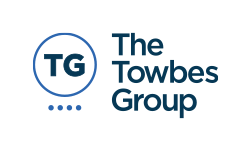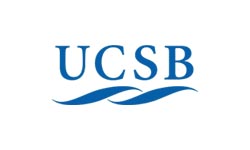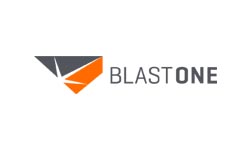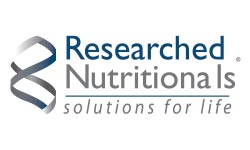A Scientific Approach to a Better Online Lead Generation
 Historically, if you wanted more leads from your website, you would hire a consultant or an agency to help make your website “better.” You would design a more attractive website, write marketing copy that was more compelling or work on your SEO to try to increase the number of visitors to your site. All of these are valid approaches to improving website performance, however, there are problems with this approach. What is a “better” design and who is it more attractive to? Have you come across websites that you loved but your spouse or partner hated? How about marketing copy that turned you off but got a friend or associate so excited, they couldn’t stop talking about the product or service?
Historically, if you wanted more leads from your website, you would hire a consultant or an agency to help make your website “better.” You would design a more attractive website, write marketing copy that was more compelling or work on your SEO to try to increase the number of visitors to your site. All of these are valid approaches to improving website performance, however, there are problems with this approach. What is a “better” design and who is it more attractive to? Have you come across websites that you loved but your spouse or partner hated? How about marketing copy that turned you off but got a friend or associate so excited, they couldn’t stop talking about the product or service?
The problem with “better,” is that it’s relative.
Measurable results are the alternative because by quantifying your results, you can see with clarity whether a particular approach is moving you closer to your business goals. So, what’s important to measure in the context of online marketing or lead generation? That depends on your business goals, however, if one of them is to obtain more customers, here are some typical factors.
Unique Visitors is the number of unique individuals that came to your website in a given period like a week or month. Calls to Action are requests for the visitor to do something, like call your or fill out a contact form or request-for-quote form. Conversion rate is the percentage of unique visitors who take a particular action. For example, the conversion rate for your contact form would be the number of people who filled out the form divided by the total number of unique visitors. If you had 100 unique visitors and received 10 contact form submissions, your conversion rate would be 10%. Your Acquisition Cost is the total cost that you spend to acquire a customer, in this case through your website. Say you run a Google adwords campaign and spend about $1 per click for those 100 unique visitors. Next, assume that it takes 10 leads (contact form submissions) for you to get a single customer. That means your acquisition cost for a customer is $100.
Conversion rate is a measure of how effective your website is at turning visitors into prospects. If you increase your conversion rate, your site is performing measurably better than it was before. With a handle on your conversion rates, you can begin to make changes to your site and see if those changes improve your conversion rate or not. This is basic testing and, to speed up the process, you can use A/B testing where you test a single change to your website against the status quo. For example, you could A/B test a new primary image for your site’s slide show. A/B testing is straightforward – your website developer implements software that dynamically switches your site’s main slideshow image between the two options you are testing. One-half of the time, a visitor will see image A and one-half of the time a visitor will see image B. At the end of some period, you compare your conversion rates for visitors who saw image A with those who were given image B. In this way, you can clearly determine whether the new image made a difference in the effectiveness of your website’s lead generation.
How do you decide what to test and how much to test? This is where experience, knowledge and a good grasp of your customer base comes in. You have to start somewhere, so you start by making changes that you think will make your site “better.” The difference is that you don’t assume these changes are better, you test them to prove it. In some cases your educated guesses will turn out to be beneficial. In a surprising amount of instances, they won’t. Once you get the hang of A/B testing, you quickly realize that you can literally test EVERY SINGLE change you might want to make. It can become easy to start doubting yourself and want to run tests on everything. This is impractical. Instead, start by testing a few large and noticeable changes, like your headline or hero image. Later, once you believe you have found the best version of those that you can create, begin to test smaller changes.
Optimizing your conversion rate is an important first step before beginning a search engine optimization or pay-per-click campaign designed to drive more traffic to your site. If you spend a lot of money driving traffic to a poorly optimized site, your acquisition cost for a customer increases, sometimes dramatically. So, to get the most bang for your marketing buck, start with A/B testing and optimize your conversion rates. Then move on to strategies that will drive more traffic to your site.






